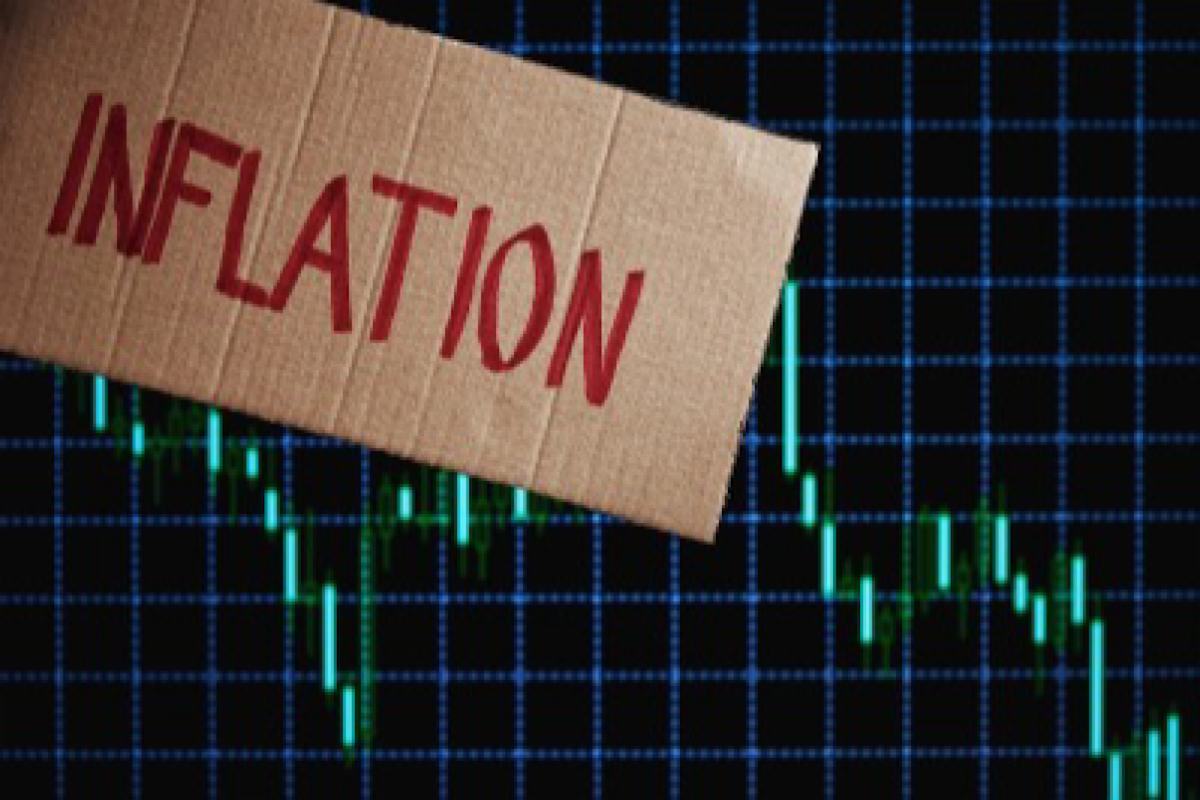Inflation is rampant under Congress rule in Himachal Pradesh: BJP
BJP state media in-charge Karan Nanda on Saturday said that under the Congress rule in Himachal Pradesh, inflation is rampant and has burdened the people of the state.
India’s inflationary pressures are back in the spotlight, as food prices surge amid unpredictable weather patterns and shifting global dynamics.

Inflation, representation image (photo, IANS)
India’s inflationary pressures are back in the spotlight, as food prices surge amid unpredictable weather patterns and shifting global dynamics. At the heart of this inflation spike is the cost of essential food items ~ especially vegetables and edible oils ~ which are key components of every household’s grocery list. With consumer price inflation hitting a 14-month high, the economic strain is becoming increasingly apparent, especially as the Reserve Bank of India (RBI) faces the delicate task of managing inflation without stifling growth.
The root cause of the price hike in essential food items lies in a combination of domestic and external factors. Uneven rainfall has disrupted the production of key vegetables like tomatoes, leading to significant price hikes. At the same time, the government’s decision to raise import duties on edible oils has compounded the problem, adding further stress to an already stretched household budget. These price increases are not isolated events; they reflect a broader trend of escalating costs, driven in part by climate change and global economic uncertainties. This inflationary trend could have far-reaching implications for India’s economy. Food prices make up nearly half of the consumer price index (CPI), so when they rise, it disproportionately affects lower and middle-income households.
These are the groups most vulnerable to inflationary pressures, and when food becomes more expensive, families face tough choices between purchasing necessities or cutting back on other spending. This is concerning as India’s growth prospects are being threatened by these rising costs, which can erode disposable income and slow down consumer spending ~ an essential driver of economic activity. Beyond the immediate impact of rising food prices, there are other factors exacerbating inflation. A weakened currency and a stronger dollar are putting upward pressure on imported goods, including food and fuel. Geopolitical instability also looms as a risk, with trade disruptions and global supply chain challenges contributing to higher costs. All these factors combine to make the inflationary environment particularly volatile, and there’s no clear timeline for when prices will begin to stabilise.
Advertisement
The RBI faces a difficult balancing act. While it must keep inflation within its target range of 2 to 6 per cent, it must also consider the risk of stifling economic growth. The central bank has already signaled caution regarding rate cuts, as inflationary risks remain elevated. This leaves policymakers with the challenging task of containing inflation without exacerbating growth concerns. The economy is projected to grow at a robust 7.2 per cent this fiscal year, but inflation could dampen this optimism if it continues to erode purchasing power. The road ahead is uncertain. While India is resilient, it must adapt to the evolving challenges posed by climate change, global economic shifts, and internal policy decisions. The next few months will be critical in determining how effectively the government and the RBI can manage these pressures and ensure that inflation doesn’t spiral out of control
Advertisement